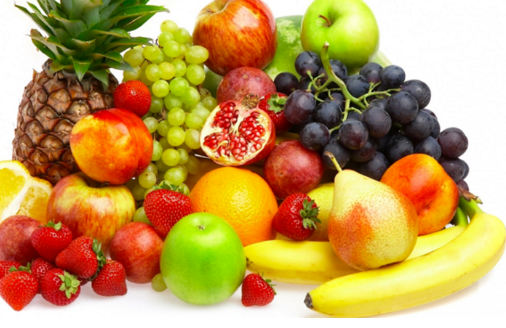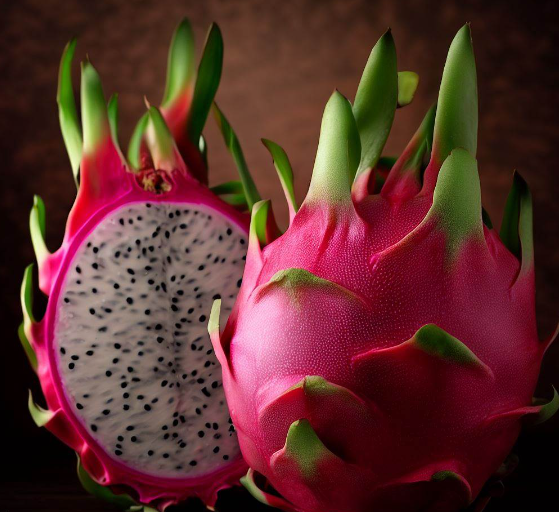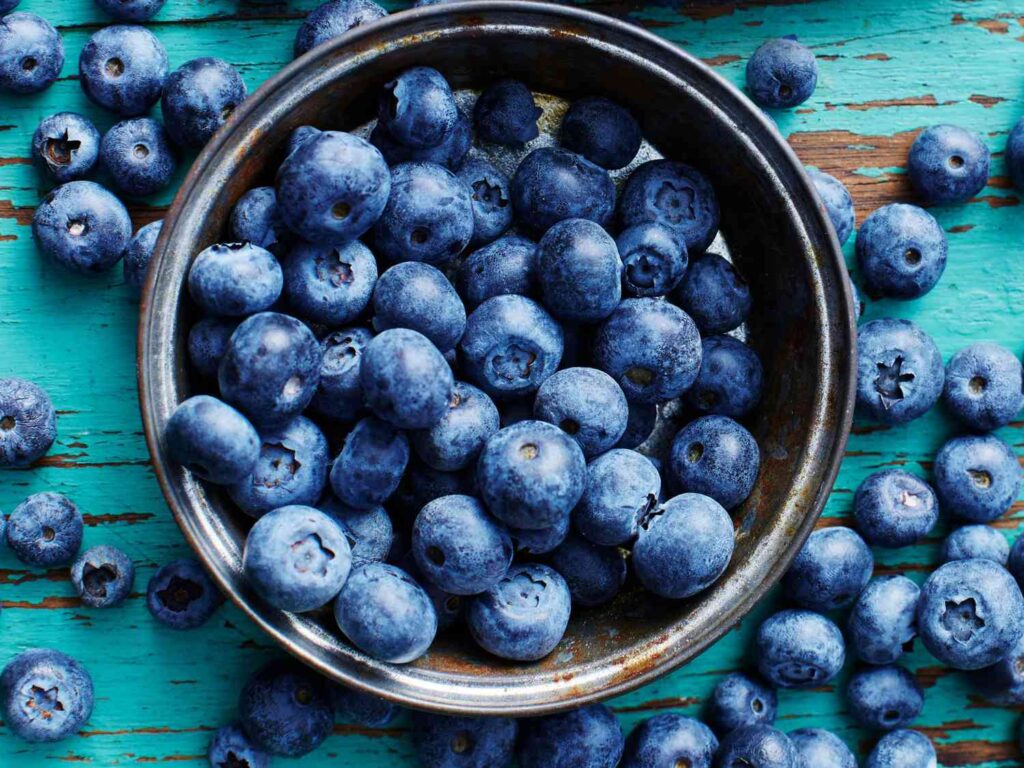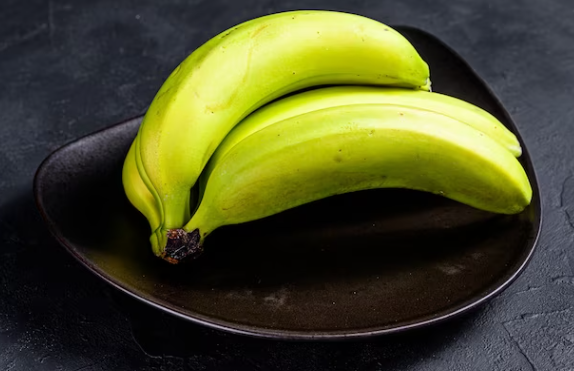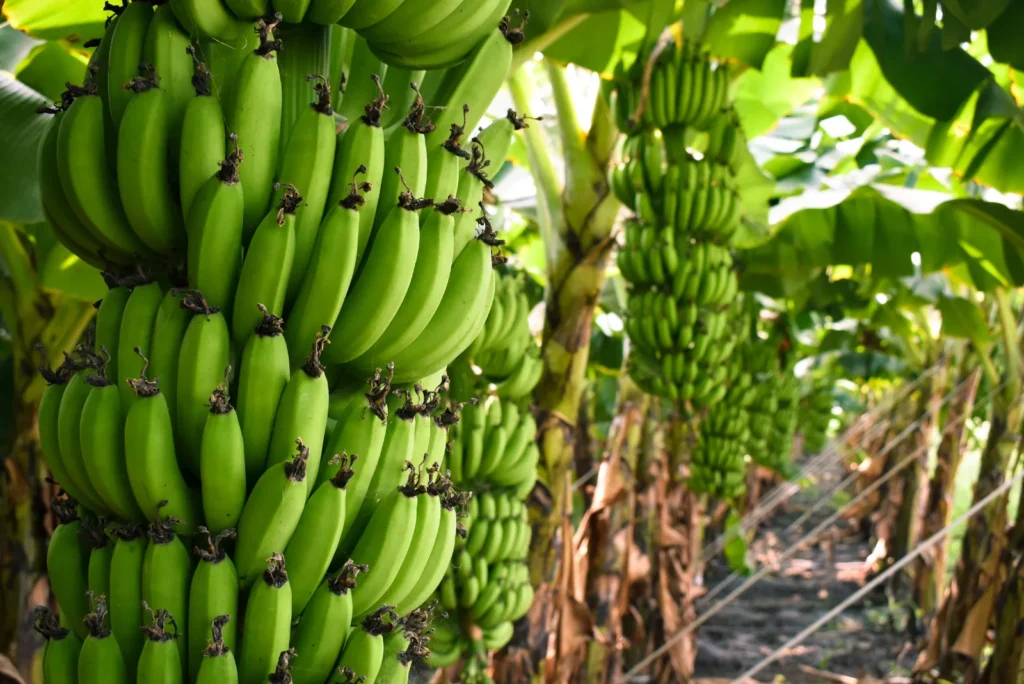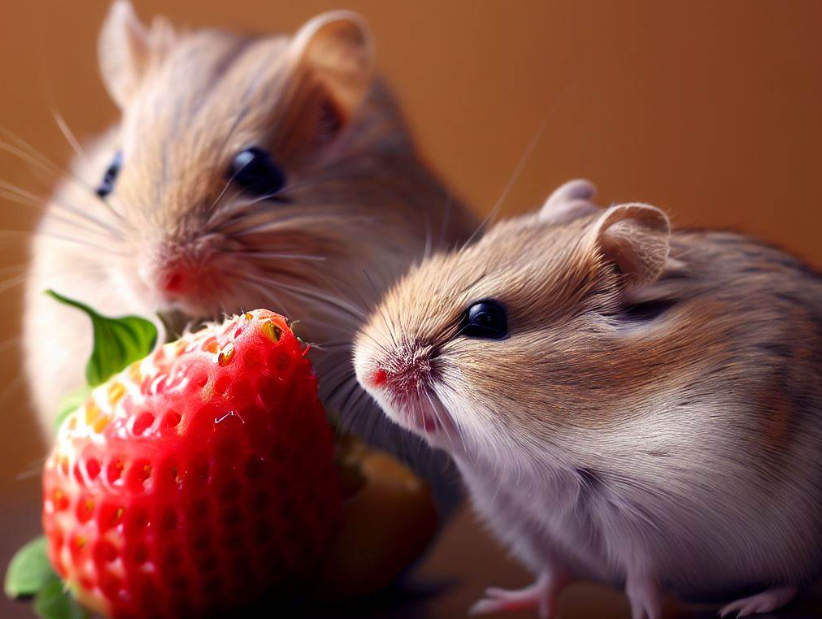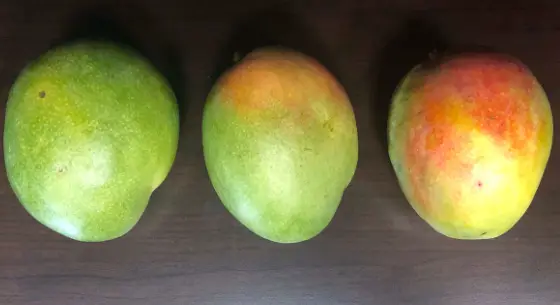Mangoes are a favorite fruit around the world, known for their sweet taste and juicy flesh. But sometimes, you might see black spots on mangoes, and it’s natural to wonder if they’re okay to eat.
In this detailed guide, we’ll look at what causes these black spots, if they should be a cause for worry, and the best ways to keep your mangoes fresh and safe to eat.
If you love eating mangoes or just enjoy fruits in general, getting to know about these spots will help you choose the best mangoes and enjoy them without worries.
Table of Contents
- What Are the Black Spots on Mangoes?
- Causes of Black Spots on Mangoes
- Different Types of Black Spots on Mangoes
- Is It Safe to Eat Mangoes with Black Spots?
- Things to Consider Before Eating Mangoes with Black Spots
- Potential Risks of Eating Mangoes with Black Spots
- How to eat mangoes with black spots safely
- Stop Mangoes From Getting Black Spots
- Final Thoughts
What Are the Black Spots on Mangoes?
The black spots often seen on the skin of mangoes are typically signs of a fungal infection by the Colletotrichum gloeosporioides fungus. This fungus, which causes a disease known as anthracnose, can affect the fruit, as well as the leaves and branches of the mango tree. The infection starts as small dark spots that might grow and become bigger with time.
Causes of Black Spots on Mangoes
Black spots on mangoes mainly come from the anthracnose fungus. This is more common in places that are warm and damp. The fungus gets into the mango through small cuts or openings like where the stem was, causing dark spots that sink in a bit and have a yellow area around them. These spots get bigger and darker as they grow.
Other things that cause black spots include the amount of water in the air, moist environments around the trees, and not keeping the area clean, like letting fallen fruits lie around, which can infect other mangoes.
Different Types of Black Spots on Mangoes
Not all black spots on mangoes are the same; they can have different looks and come from different things.
Here are some typical black spot causes:
- Anthracnose: A round dark spot caused by a fungus, which can spread and make the fruit rot.
- Sooty mold: A fungus that grows on sweet stuff left by insects like aphids. It covers the mango with a dark, dusty layer but doesn’t really damage the fruit itself.
- Sunburn: When mangoes get too much sun, they can get dark spots that peel or crack the skin, making them easy targets for bugs or other diseases.
- Bruising: When mangoes are handled too much or in a rough way, they can get dark spots from getting bruised. These don’t affect how safe or good they are; it’s just about look.
Different reasons can cause black spots on mangoes. While some reasons might change the quality of the mangoes, others are not a big deal. It’s important to handle and move mangoes carefully so that they stay in good shape for as long as possible.
Is It Safe to Eat Mangoes with Black Spots?
Yes, you can usually eat mangoes with black spots without any problems. Even if the black spots come from anthracnose, the fruit is safe as long as the spots haven’t spread too much or caused the mango to get mushy or rotten.
Still, you should look at the mango well before eating it to make sure it hasn’t started to go bad. If the spot has made the fruit soft or mushy, it’s better to throw it away.
If the black spots come from things like too much sun, getting bumped around, or sooty mold, it might still be okay to eat, especially if the spots are small and there’s still a lot of good-looking fruit. You should cut away any bad spots before you eat.
Remember that mangoes with black spots may not last as long and should be eaten soon to avoid them spoiling.
Things to Consider Before Eating Mangoes with Black Spots
Before you eat a mango with black spots, think about a few things to make sure the fruit is good and safe.
Considerations include:
- Reason for the spots: Know whether it’s because of anthracnose, sunburn, bruises, or sooty mold, as this affects whether the mango is okay to eat.
- How bad the spots are: If there are just a few spots, the mango might still be fine. If the spots are big or deep, it’s better to not eat that mango.
- How fresh the fruit is: A mango that was picked recently and has a few spots is probably still good to eat. If it’s been stored for a while and has these marks, it might have gone bad and should be thrown out.
- Your own taste: Some people might not like the idea of eating a mango with spots and choose not to. It’s really up to you, but knowing why the spots are there and how bad they are is important for your health.
There are several things to think about before you eat mangoes with black spots, like what caused them, how severe they are, how long ago the mango was picked, and what you think of the look and taste.
Potential Risks of Eating Mangoes with Black Spots
Eating mangoes with black spots might come with some risks depending on why the spots are there and how big they are.
Eating mangoes with black spots can be risky. Here’s what could happen:
- Getting sick: The black spots might be mold from a fungus called anthracnose. If you eat mangoes like this, you might feel sick in your stomach, throw up, or have diarrhea.
- Hives or itching: Some people are allergic to mangoes or the mold that makes these black spots. If they eat these kinds of mangoes, they might get itchy, have hives, or swell up.
- Quick to go bad: Mangoes with black spots don’t last as long. They can go bad faster, and eating bad fruit can make you sick.
- Not as healthy: Mangoes with black spots might not have as many good nutrients. They might even be old or damaged.
Be careful with mangoes that have spots. They could be bad for your health.
To avoid problems, throw away the bad parts before you eat the rest. If it looks really bad, it’s probably best to just throw the whole thing out.
How to eat mangoes with black spots safely
Follow these steps to eat mangoes with spots without worrying:
- Look closely: Before eating a mango, check for mold or signs of fungus. If there’s mold, it’s best to throw it out.
- Get rid of bad spots: If only a little bit looks bad, cut that part off and throw it away. Don’t forget to wash your knife after using it.
- Clean the mango: Washing the mango can wash away dirt or germs.
- Eat quickly: It’s best to eat mangoes right after cutting them so they don’t get worse or grow more germs.
- Keep them cool: If you can’t eat a mango right away, keep it in a cool place, but not for too long.
By being careful with mangoes with spots, you can enjoy their sweet taste without problems.
Stop Mangoes From Getting Black Spots
To keep mangoes looking good without spots, you can:
- Pick them at the right time – Don’t let mangoes get too ripe on the tree. Pick them when they’re just right to keep them from bruising and getting damaged, which can lead to spots.
- Be gentle – Handle mangoes softly so they don’t get squished or hurt. Take special care when moving them or storing them.
- Clean your tools – Always wash your tools and equipment before and after use to keep fungus away.
- Use fungus spray – Ask an expert about using a spray to protect your mango trees from fungus.
- Store them right – Keep mangoes cool and dry. Don’t put them near things like apples or bananas that give off a gas making them ripen too fast.
Following these steps can help you get lovely, healthy mangoes without any black spots. This way, you can enjoy your fruit for a longer time without worrying about it getting spoiled.
Final Thoughts
Mangoes with black spots can still be okay to eat if you’re careful. Check for any mold, wash the mango, and enjoy it soon. Keep it cool if you’re not eating it right away.
By doing all this, you can have mangoes without any worries. Enjoy their yummy flavor!
